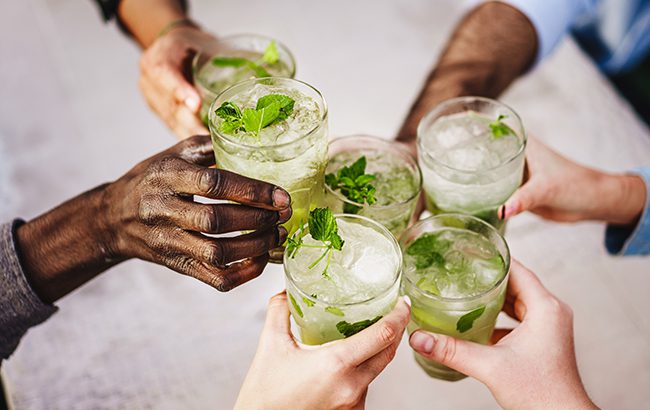No-and-low market worth $13bn
Data from IWSR Drinks Market Analysis shows that no-and low-alcohol consumption in 10 leading markets grew by 5% in volume in 2023.

The sector is now worth US$13 billion and is forecast to grow by a CAGR of 6% between 2023 and 2027.
The 10 key markets are Australia, Brazil, Canada, France, Germany, Japan, Spain, South Africa, the UK and the US, which together account for around 70% of global no-and-low volumes.
The market value of the no-and-low sector in these markets exceeded US$11bn in 2022.
The sector’s growth will be led by no-alcohol at 7%, with low-alcohol expanding by 3% in the same period. The rate has slightly slowed, with the sector growing at a volume CAGR of 8% between 2019 and 2023.
“As no- and-low alcohol becomes a more established part of the beverage alcohol landscape, growth is slowing after a peak in 2020 to 2021 – but the category is poised for robust gains in the coming years, spearheaded by no-alcohol and persistently strong recruitment levels,” says Susie Goldspink, head of no- and low-alcohol insights at IWSR.
Non-alcoholic drinks are leading the category, representing two-thirds of no-and-low alcohol volumes.
IWSR expects that the no-alcohol sector will represent nearly 4% of total beverage alcohol volumes in its key markets by 2027.
Canada, the US, Australia and Brazil have been identified as key growth markets, while Germany and Spain will grow at a slower rate due to their already mature no-and-low categories.
The US is forecast to grow at 15% volume CAGR between 2023 and 2027, with its market worth more than US$1.8bn.
The UK, meanwhile, is forecast to grow at 8% volume CAGR between 2023 and 2027.
“In terms of growth opportunities, there is now a clear disparity between more mature and lower-penetration markets,” notes Goldspink.
“Countries that are more established in no/low tend to skew towards older consumers, higher alcohol avoidance rates and lower no/low repertoires.
“Higher-growth markets generally have lower no/low penetration, and a greater share of younger LDA consumers who have a higher tendency to moderate and participate more in no/low categories.”
The no-and-low consumer
Almost a fifth of all no-alcohol consumers (17%) and low-alcohol consumers (16%) in the past year were new entrants to the category.
The most common new recruits are younger cohorts of legal drinking age (LDA), with Millennials the largest age cohort among all no-and-low consumers.
There was increased consumption of no-and-low beverages from people who also drink alcoholic drinks. These ‘substituters’ accounted for 43% of no-and-low consumers in 2023, up from 41% in 2022. Meanwhile, abstainers have declined from 19% to 17%.
“This trend is driven by the US and France, where the proportion of substituters has reached 45% and 50% respectively,” explains Goldspink.
“Across markets, more Millennials are becoming substituters, with an increase from 41% to 45% in the proportion of Millennials drinking no/low on some occasions and full-strength on others, at the expense of the abstainer group.”
More than 40% of existing no-and-low consumers said that lack of product availability stopped them from consuming no-and-low more frequently.
“Up to 47% of no/low consumers find availability the main barrier to greater consumption across all markets, but it is particularly important in countries like the US, UK and South Africa, and among the younger LDA age cohorts,” said Goldspink.
“Japan is the exception: availability is not the most important barrier there. Japanese consumers prefer other beverages, and mostly reject no/low because they don’t like the taste.”
Gen Zs and Millennials are more interested in trying alcohol alternatives than older cohorts, with agave alternatives growing rapidly in the US, Brazil and South Africa.
Related news
DioniLife unveils non-alc ‘spirits’ lineup
